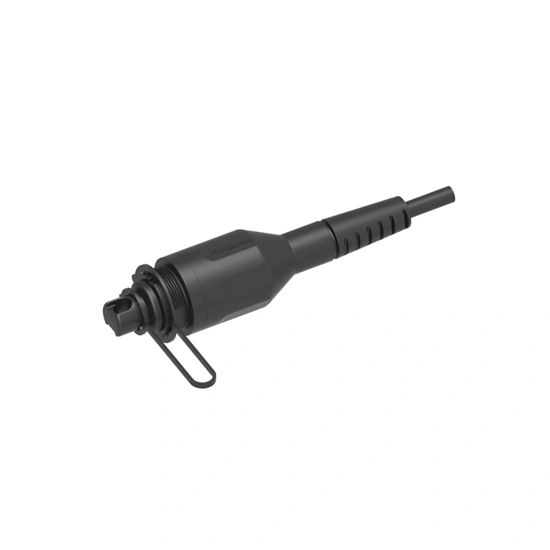An In-Depth Overview of Fiber Optic Connector Types

Fiber optic connectors play a crucial role in joining and terminating fiber optic cables. They ensure efficient and reliable transmission of data signals in various applications. With the continuous evolution of fiber optic technology, different types of connectors have emerged, each with its unique features and benefits. This article aims to provide an in-depth understanding of the various types of fiber optic connectors, comparing their features and discussing their applicable scenarios.
1. SC Connector
The SC (Subscriber Connector) connector is one of the most widely used fiber optic connectors. It features a push-pull mechanism, making it easy to connect and disconnect. The SC connector has a square-shaped connector and a precise 2.5 mm ferrule. It is known for its excellent performance and low insertion loss. Its key advantage lies in its durability, making it ideal for applications that involve frequent connection and disconnection.
2. LC Connector
The LC (Lucent Connector) connector is a small form-factor connector that has gained popularity due to its compact size and excellent performance. It features a 1.25 mm ceramic ferrule, half the size of the SC connector, making it more suitable for high-density applications. The LC connector is widely used in data centers, telecommunications, and other environments where space is a constraint. Despite its small size, the LC connector offers reliable performance and low insertion loss.
3. ST Connector
The ST (Straight Tip) connector is one of the older types of fiber optic connectors. It features a bayonet-style coupling mechanism and a 2.5 mm ferrule. The ST connector is known for its robustness and resistance to vibration, making it suitable for industrial and harsh environments. However, its larger size and the possibility of misalignment during connection make it less suitable for high-density applications.
Comparison of Features and Applicable Scenarios
When comparing these three common types of fiber optic connectors, it is important to consider their features and applicable scenarios:
- The SC connector offers ease of use, durability, and is suitable for environments that require frequent connections and disconnections. It is widely used in applications such as telecommunication networks, cable TV, and LANs.
- The LC connector's compact size and excellent performance make it an ideal choice for high-density applications, such as data centers and telecommunication equipment.
- The ST connector's robustness and resistance to vibrations make it suitable for industrial and harsh environments, but it may not be the best choice for high-density environments due to its larger size.
Conclusion
In summary, understanding the different types of fiber optic connectors is crucial when selecting the right one for specific applications. The SC connector, with its durability, is preferred for frequent connections and disconnections. The LC connector's compact size makes it ideal for high-density applications, while the ST connector's robustness suits harsh environments. By considering the features and applicable scenarios of these connectors, professionals can make informed decisions when it comes to deploying fiber optic networks and achieving optimal performance.



